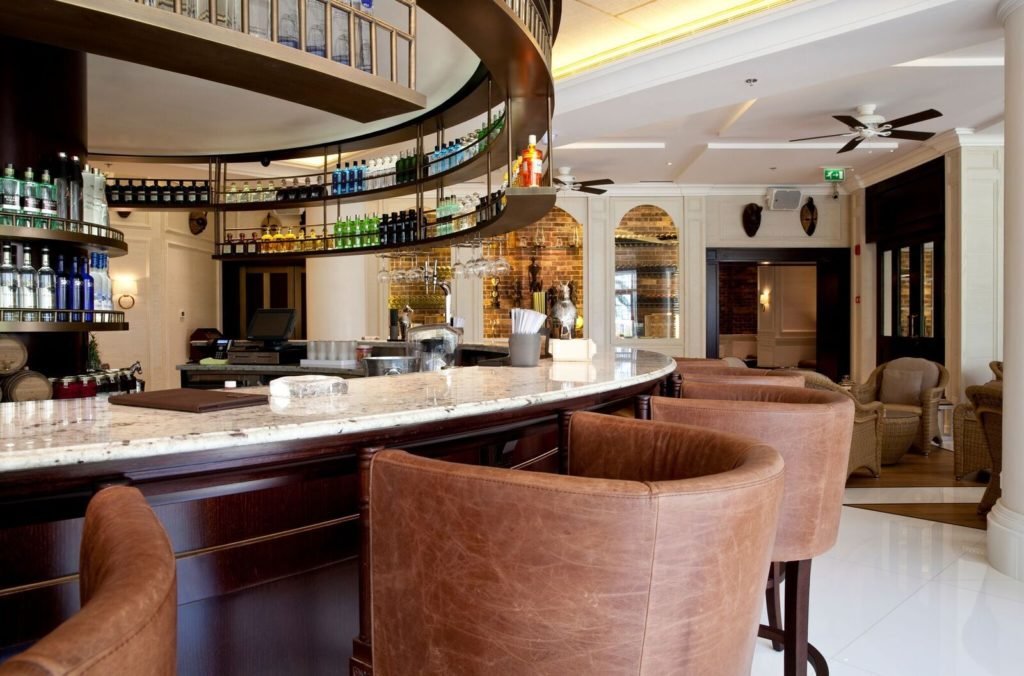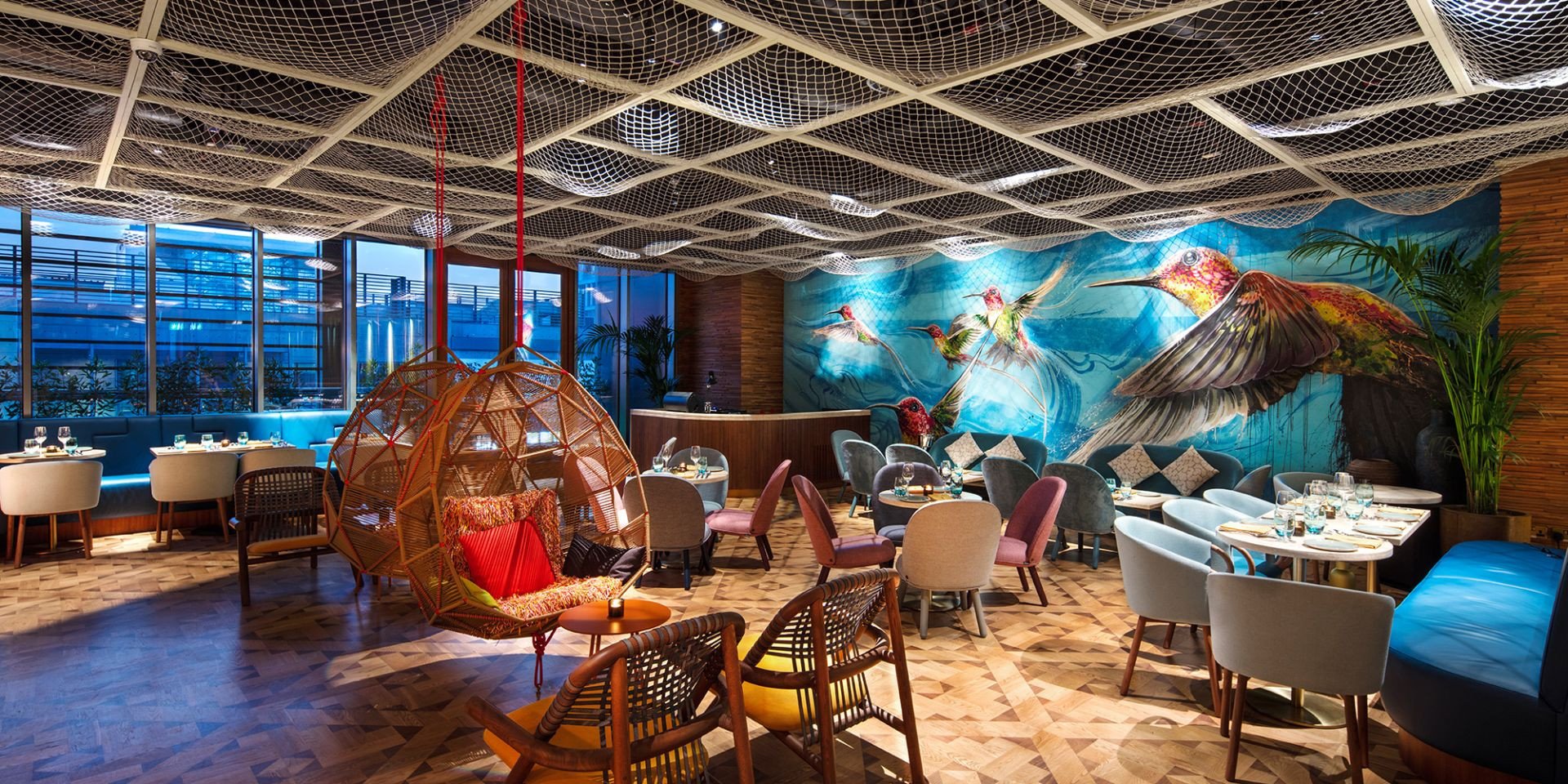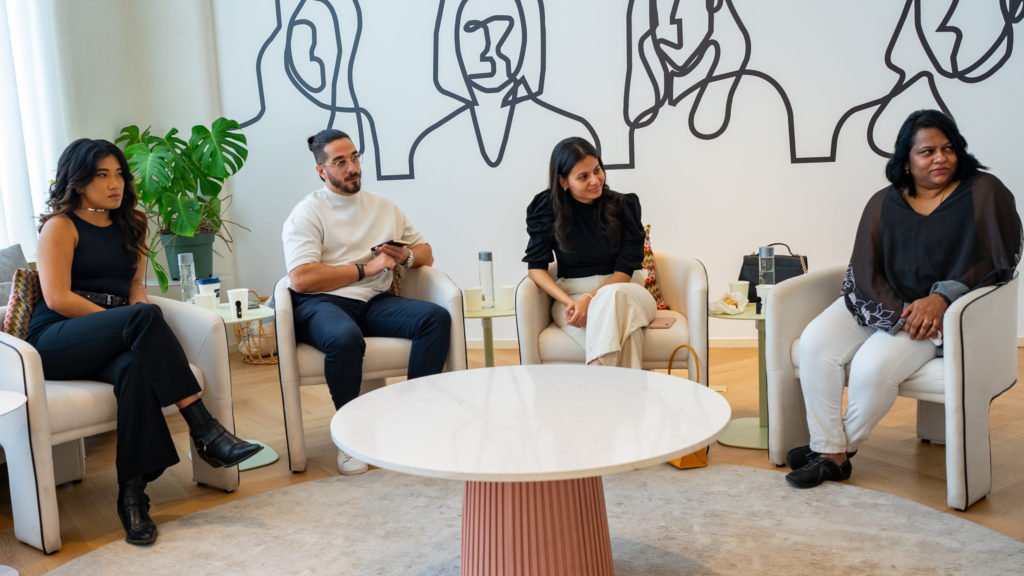Zeitgeist, on trend, up to the minute, fashionable, hip, new. However you describe it, there are defining characteristics of any particular period and we wanted to know what’s happening currently in hospitality design. At Love That Design we pride ourselves on having a formidable contact list and we’ve delved into our little black book to bring you the opinions of some of the most respected designers today about what’s hot right now in hospitality design. So let’s get started!
Making it Personal
Personalisation and exclusiveness are big areas that are hot right now, according to Gerard Glintmijer from Glintmijer Design Studio (GDS). He says “it is expected that by 2020 millennials will comprise 50 percent of hotel guests. This group wants local, almost neighbourhood experiences, individuality and emotions. Hotels respond to this by offering more than a night’s stay; it’s now an interactive experience and design is its strongest storytelling tool. At Sir Nikolai Hamburg, a Design Hotels member we have completed last year, the story is based on a fictional character, an urban legend and aristocrat, and the hotel is his city mansion. We have given a residential feel to the guestrooms, with handwritten notes, cocktail trolleys and ultra-soft tailor-made furniture, completed with Sir Nikolai’s personal mementoes from his many trips.”
Maja Kozel, owner of Maja Kozel Design, points out “the days of matching décor and furniture in every guestroom are numbered as hotels increasingly opt for making each room a little different for a more natural, hospitable feel.” She adds “by designing variations in layout and adding unique elements throughout the space – such as handmade goods, unexpected textures, mix-and-match furniture, diverse wall treatments and tiles – hotels offer guests a more personalized and fresh experience that they will enjoy and seek to relive. I believe it’s possible for a design to be personal, practical, artistically expressive and socially responsible, all at the same time.”
Elizabeth Valkovics, Head of Interior Design at Edge Design Studio, believes that brands are looking for designers to be more cost effective in their builds regardless of whether it’s a 3, 4 or 5 star property they’re working on. She argues that it’s about “finding a balance between those key signature pieces and materials with locally sourced, sustainable products which are great for saving on logistics and transport.” Elizabeth also believes hospitality design now needs to be more approachable: “As far as purely aesthetic trends, there is definitely an emphasis of late on minimalism and approachability. Of course, timeless design never goes out of fashion. The hottest hotels of the moment are the ones that delight either with overt, bold statements or hidden gems guests are surprised to discover.”
Christian Merieau, Managing Director at MMAC Design Associates, is of the opinion that those involved in the hospitality design industry are conscious that the tastes of guests could be different according to their wishes or needs. Hotels have shifted their focus to provide more themed and locally relevant hotels and stage storytelling now plays an important role in hotel design. He says “we feel hospitality design is undergoing a radical shift. The traveler of today is even more discerning in their search for the unique experience. Without the emergence of the ‘boutique hotel’ that call will go unanswered. In an industry that’s overrun with standardized brands that leave little to the imagination, boutique hotels with their eccentricity and originality are a welcome respite. We suspect that small scale hotels with their unique offerings will spring up in the coming years to meet the demands of the new age traveler. These hotels will rely heavily on the creativity of their designers to bring to its guest an authentic and original ‘boutique-like’ experience.”
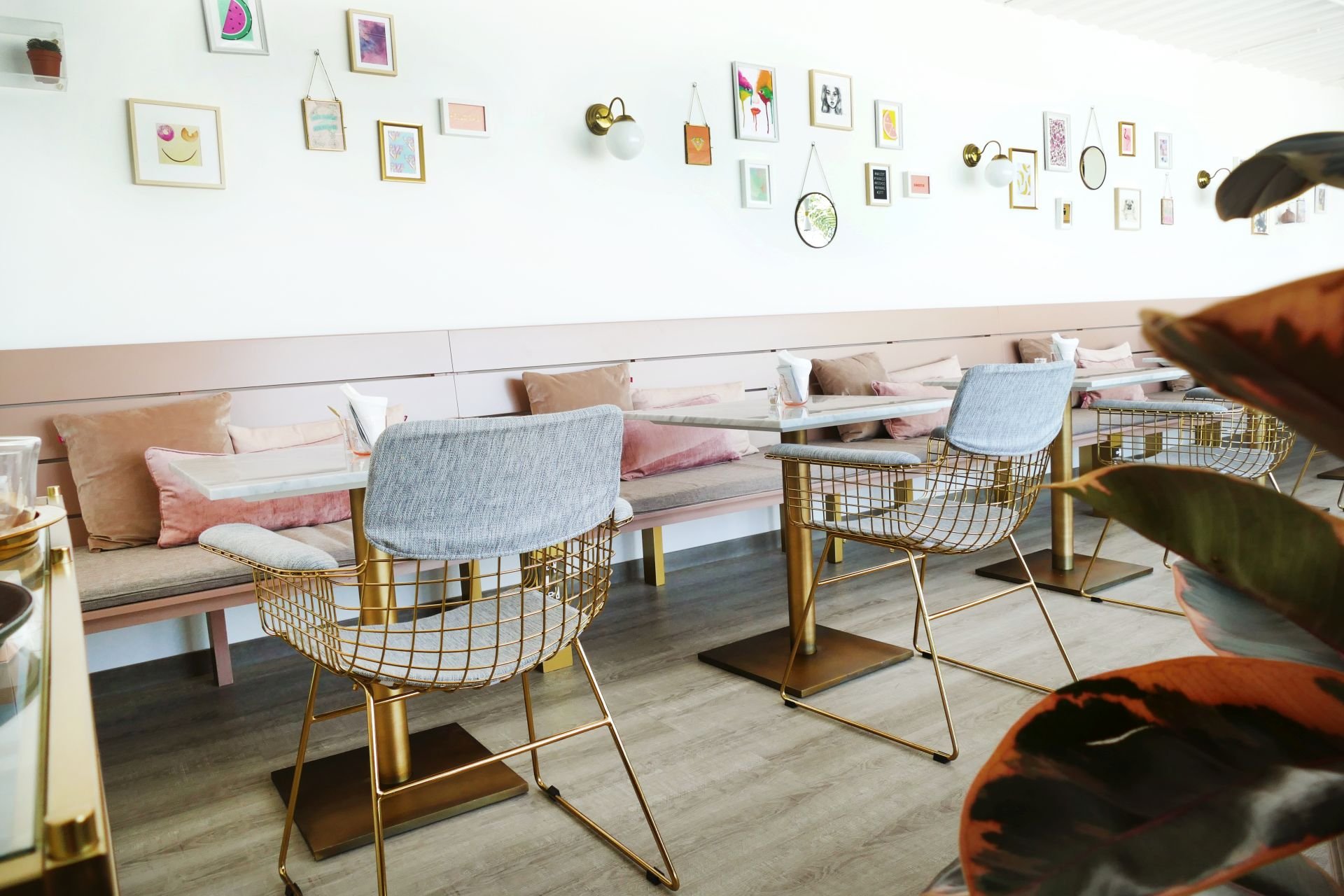
The Changing Face of Luxury
The definition of luxury is constantly evolving. It’s no longer about having expensive objects but about improving lives. Gerard believes luxury is now about “having the right things at the right moment in an intuitive and emotion-triggering way. Reading a beautiful book about Hamburg, while sitting at the Lobby of Sir Nikolai or grabbing a reliably good coffee on the way out of the Vida Dubai Mall have an added value to the guests lifestyle and daily experiences. Much like the people we create designs for, at GDS we believe life is made of moments like these and every chore can be performed in a fun, joie de vivre way.”
Daan Roosegaarde from Studio Roosegaarde believes luxury is now more about “clean air, clean energy and clean water.” He says “design is not about making another chair, lamp or table, but about improving life; for example, the Soho houses from Zaha Hadid in Beijing have the best indoor air purifiers in the world and charged as a premium service for a 7% additional rent. It was sold out in days. Hospitality therefore becomes about places which are good for you as a human, and act like a buddy, rather than try to dominate or impress.”
Bringing the Natural World Indoors
Expanding on this theme of the natural world and taking the environment into consideration, Sneha Divias from Sneha Divias Atelier uses nature as an enduring design inspiration. When designing a project, the team will incorporate natural materials wherever possible and merge indoors and outdoors with elements of greenery or the implementation of marble elements.
Referring to biophilic design, Sneha says “direct and indirect exposure to nature has proven to have significantly positive impacts on people’s mental and physical health. This has resulted in a sharp rise in biophilic design for example, the resulting emerging style which brings nature indoors, which will become a basic philosophy throughout the hotel sector. This design style is created not just by bringing greenery and gardens indoors, but via seamless transitions between indoors and outdoors.”
Maja also believes that the hospitality industry is currently concerning itself with maximising energy conservation and introducing eco-friendly practices. She says “what we see more often are sustainable, eco-friendly practices that support sustainability and connect guests to the local culture and history. It results in the implementation of natural light, solar panels, recycled wood, organic materials, hourglass timers in showers, locally handcrafted items and repurposed furniture. The city we inhabit beholds many beautiful examples of this.”
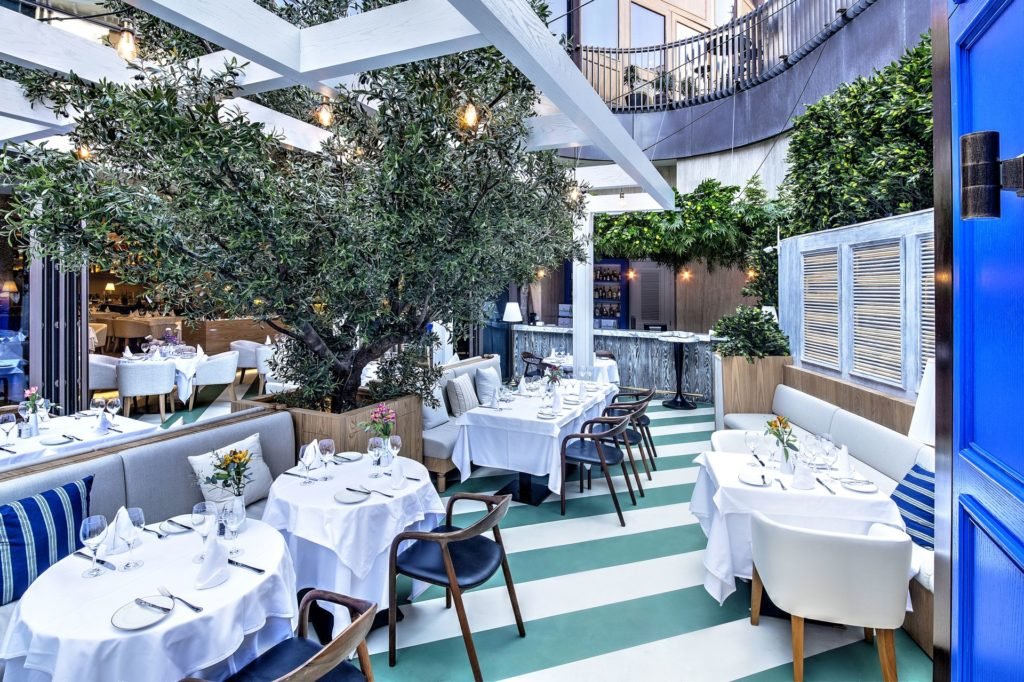
Technology
As we all know by now, technology is gaining importance and, as a result, the hospitality industry consistently attempts to incorporate the latest technology developments into its designs. Get it right and this leads to a seamless, laid back guest experience. Get it wrong and guests are left bewildered and more often than not annoyed, by the lack of user friendly interfaces. According to Daan, “the user interface becomes more important. Do we really need 42 buttons for TV, lighting and other functions? In the end I am just pulling plugs from power sockets to get a good dark room so I can sleep. Can we have just one button which is personalised on my history and behaviour? One button please. I want a room which intuitively understands me, rather than one I have to decode.”
Martin McLean, Partner at Compass Project Management, believes good hospitality design focuses on the guest experience and allows choice. He says “designers are creating a more playful-experience, marrying elements of luxe and convenience; a laid-back luxury giving the occupants the choice to choose their way of staying, to create a meaningful encounter. Another appealing offering is the option to plug into a tech-ease environment or perhaps unplug in a tech-free haven.”
Restaurant Design
When it comes to restaurant design, Paul Bishop, Owner and Managing Partner of Bishop Design LLC, believes that current décor trends in the city’s hottest eateries will reflect living room design in the coming years. He goes on to say that we’ll see changes in size in restaurants in Dubai: “Scale – especially in Dubai – is moving away from large format venues into more intimate spaces which are heavily curated. Old school is in, as we seek comfort within our interiors that have stood the test of time and perhaps there’s also a backlash for how unstable we feel things are politically and socially within the global economy.”
Paul also believes we’re going to be seeing more retro designs in restaurants and a revival of more decadent looks. He says “although there is still definitely a demand for the industrial, it is not going to be a huge trend in the coming year as it will start to feel dated and overused. The industrial look is out, giving way to a more 70’s and 80’s look where design is going to get decadent and expanded through the use of materials such as chrome, plexiglass, neon and flashy colours. No more white walls! We are seeing a break from this sharp, clean aesthetic look. However still current, hot, and will get hotter are food halls but less themed as we consider both the food and people to be the palette also giving birth to an environment within restaurants where casual and formal will co-exist creating warm and inviting spaces that enable two distinct areas within one space in addition to creating a natural seamless transition from day to night time with ease.”
